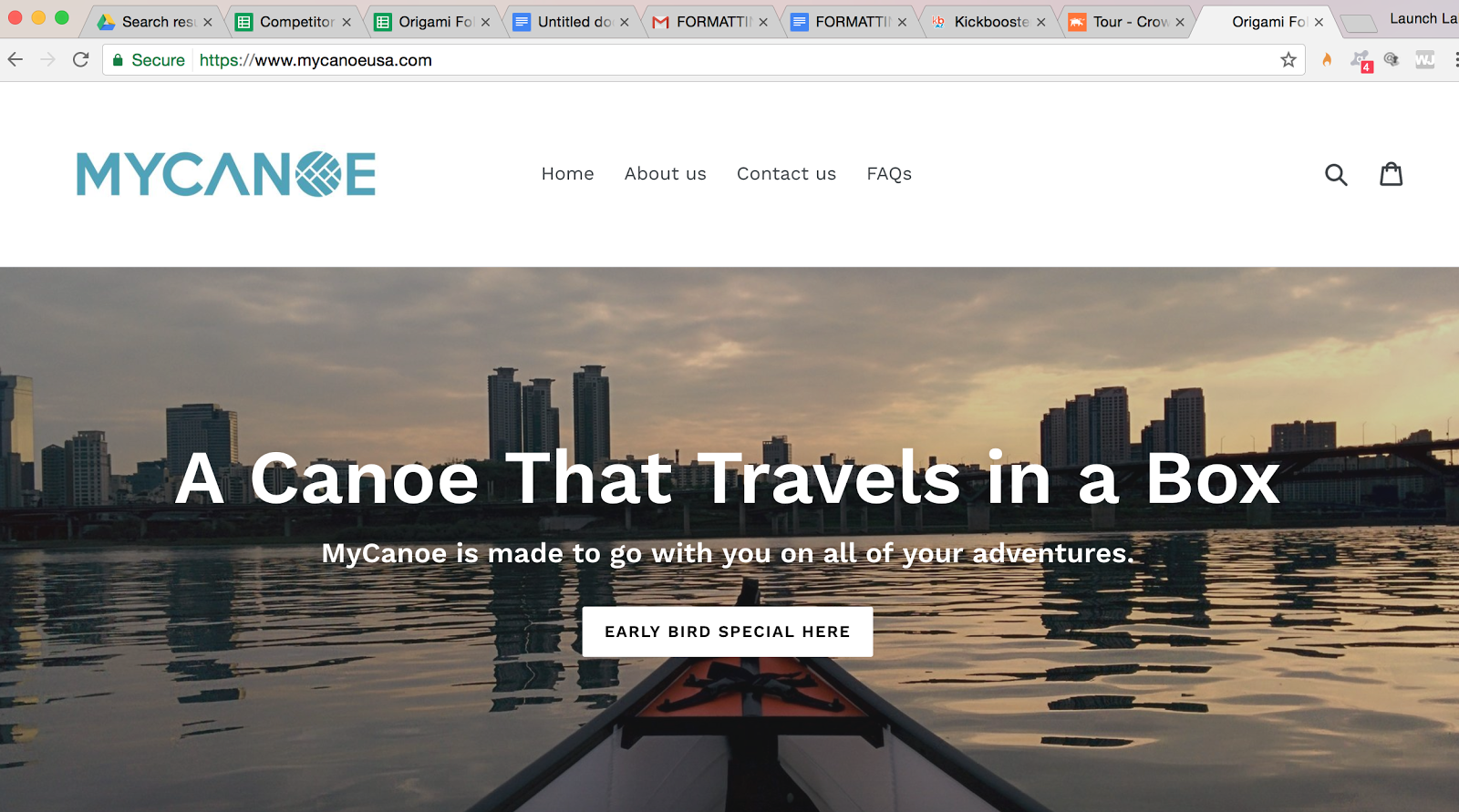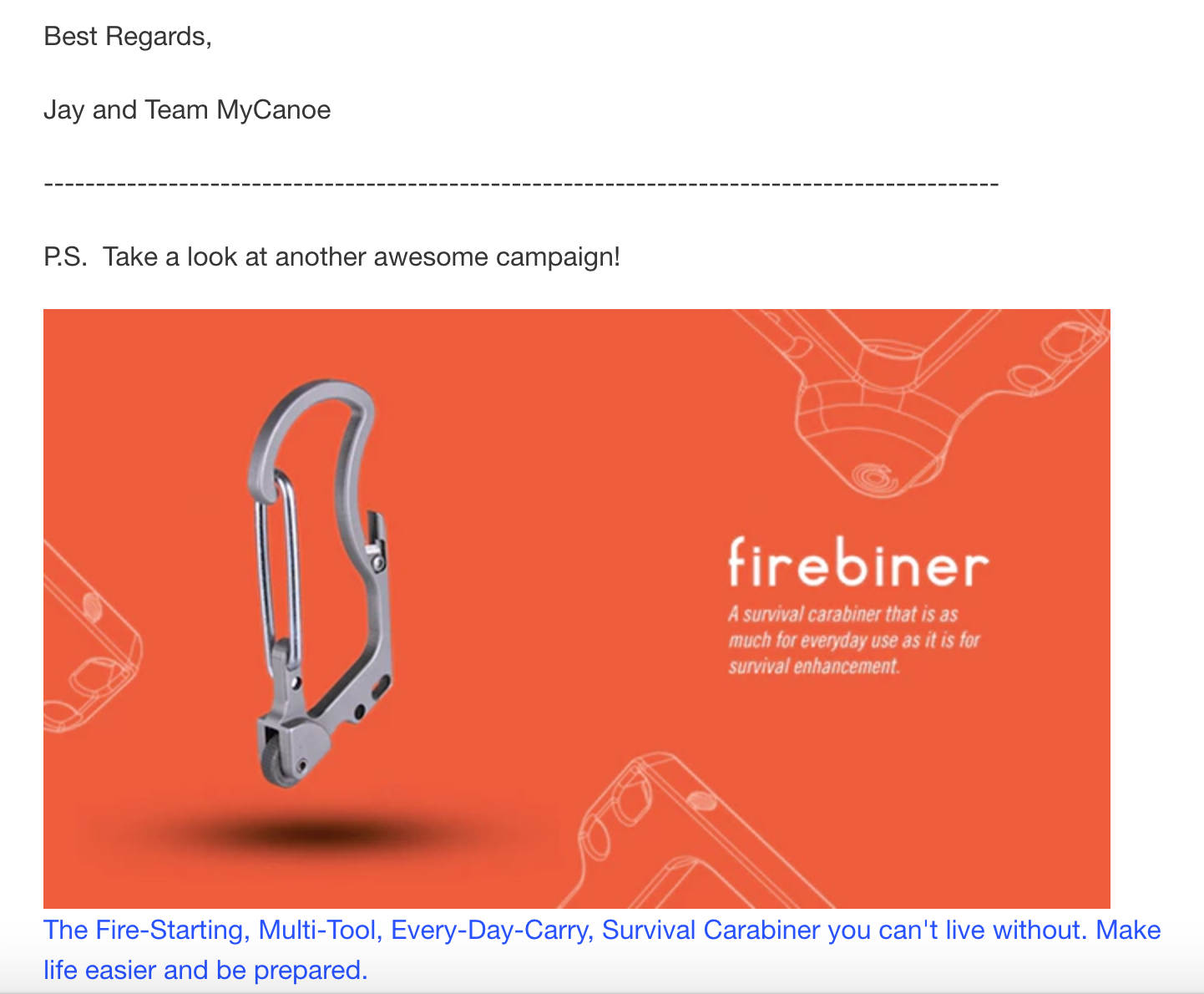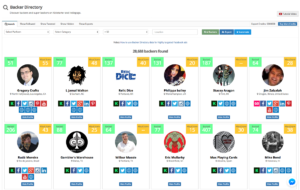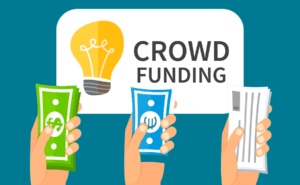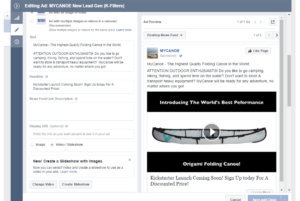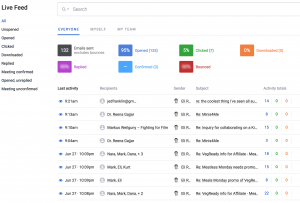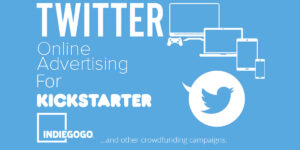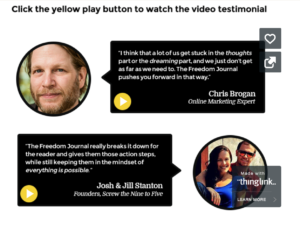HOW TO CROWDFUND $109,195 ON KICKSTARTER (or Indiegogo)
A step-by-step case study that shows the exact ad strategy, PR strategy, what worked, what didn’t, and more.
Today I’m going to show you….
The exact steps I used to crowdfund a total of $109,195 from 116 backers for an average of $941 per sale.
When businessman and inventor Jay Lee first approached me I was blown away with how simple, complex, and awesome his invention was! Jay had created the world’s sturdiest and easiest origami folding canoe. He wanted to bring his invention to the market with a 6 figure crowdfunding raise on Kickstarter and he needed a crowdfunding expert to help him.
Unlike other experts, the way I work is a little different. I’m not a big crowdfunding agency that takes everyone if you have the money to spend to hire me. I’m a highly specialized expert that only works with a handful of projects at a time and I only work on projects I think will be successful. Before I take any client and before any money is exchanged I run a quick feasibility study. Basically I look to see what other similar campaigns have done, how much was raised, who wrote about them, what the average pledge was, and more.
To see the study for this campaign click here:
What the study showed us was that there were other origami kayak campaigns and one other origami canoe campaign. These projects were all in the $100k and up range. MyCanoe has a $1k price point and the study also showed that backers were willing to pay that hefty of a price. This is a BIG deal considering the average crowdfunding pledge is only $80.
Ok, so now what?
Now that I had some data to show me the project had merit I decided to work with Jay. The first thing I did to get started was to look for his target audience. To do that I initially created FB ads targeting people who like canoeing and kayaking but those weren’t converting very well at all. You see, the kayakers and the canoers of the world were the hard core type. They didn’t a shortcut they wanted the real thing.
I then pivoted and started looking for ancillary audiences. These are people who like outdoor activities such as camping, hiking, backpacking, and also liked crowdfunding, Kickstarter, or Indiegogo. This audience responded very well and we were getting leads for under $2 each.
See the difference? In the first run I was going after the “obvious” audience but they wanted nothing to do with it. Then I started targeting people who most likely did not own canoes but would probably like to as long as they could store and transport it easily.
Here is the top performing ad:
Structuring the ad
In the ad above, you will see that there is:
A “Text” portion,
A video (if you are using video ads make them 15-30 seconds long)
And a “Headline”
Now let’s break it down:
Text portion – “ATTENTION OUTDOOR ENTHUSIASTS! Do you like to go camping, hiking, fishing, and spend time on the water? Don’t want to store & transport heavy equipment? MyCanoe will be ready for adventure, no matter where you go”
- The opening line is meant to grab the target audience’s attention and peak their interest right away by asking them questions that they can relate to, and most likely will say YES to. In this case, the target audience was campers, hikers, canoers, backpackers, and outdoor enthusiasts.
- “Don’t want to store and transport heavy equipment?” These questions are meant to bring up negatives about competing products. In this case, the case was built for a folding canoe that travels in an easy carry package vs. a standard canoe that weighs a ton and is impossible to easily store or transport for people living in a city….
- “MyCanoe will be ready for adventure, no matter where you go” is to imply that your product is the solution to the problems stated above.
Now let’s address the headline
“Kickstarter Launch Coming Soon! Sign Up Today for a discounted price!”
NOTE: This statement is meant to give your audience an incentive to sign up as well as give them a “sense of urgency” to do it right now.
Moving On To Conversions
Now let’s talk about the next step. You can get an ad that gives you all the clicks in the world but how we measure success is conversions. During a live campaign a conversion is a sale. During a pre-launch a conversion is an email address. That is, someone who signs up to receive updates on your launch. The founder already had a beautifully designed landing page at Mycanoeusa.com. (see below)
However, with this page there are a few things that can be improved. For one, there are too many links that take the visitors away from the signup form. For example, About Us, Contact Us, FAQ’s. Remember, the goal is to JUST get an email address at this point. You can tell the potential customer all about you AFTER you get that.
One of the most effective ways we found to do this is to use FB lead ads. Instead of taking a visitor off of Facebook, Facebook will popup a lead form right on the news feed when a user clicks “Learn More”.
Think about this. No one goes on Facebook to buy stuff. Meaning all of your advertisements are interruptions to them checking out what their friends and family are doing.
You will have a cheaper cost per lead if you can capture the email on Facebook rather than taking them to your landing page. However, these leads need to be nurtured more than those gathered on a landing page.
The Email Nurturing Sequence
Getting an email from a prospective buyer is one thing. Actually turning that email into dollars is an entirely different story. The strategy to turn email subscribers into crowdfunding backers is called email nurturing. You do this through a soap opera email sequence. That is, telling a story a little bit at a time over a series of emails.
We sent out 5 emails in 5 days with the first one going out immediately upon someone signing up.
To see the emails and get the template to write your own click here:
Now you may be thinking to yourself, “if someone sent me 5 emails over 5 days I’d unsubscribe.” Good. I want you to. You see, I need to get a feel for the list before launching. If we have 10,000 emails that means very little. If we have 10,0000 emails who have received 5 emails from us and are still around and did not unsubscribe that tells me I’ve got an engaged audience who is ready to buy the product once we go live.
The email nurturing sequence is specifically designed to turn your passive subscribers into active buyers when you launch.
Now, if that still makes you uncomfortable you can throttle the emails back to go out every 3 days or even once a week but don’t go past that. Again, these leads need to be nurtured more so you have to stay in front of them.
Public Relations
About 3 weeks prior to launch we started reaching out to the press and requesting an embargo until launch. Basically, we told the media what we were doing, how we were doing it, why we were doing it, and why their readers should be excited. We then requested an embargo, an industry term asking that they hold the story until launch date.
High Consumption: http://hiconsumption.com/2017/02/mycanoe-folding-canoe/
Entrepreneur.com: https://www.entrepreneur.com/slideshow/289951/4
Canoekayak.com http://www.canoekayak.com/canoe/field-tested-mycanoe-origami-canoe/#7jASs4HWLohqbptF.97
Houseboat magazine:
http://www.houseboatmagazine.com/2017/02/not-your-canoe-mycanoe
GeekyGadgets:
http://www.geeky-gadgets.com/folding-canoe-27-02-2017/
Digital Trends: http://www.digitaltrends.com/outdoors/foldable-mycanoe/
We also had big social pages post about the product. These are not articles but Buzzfeed posted a video using our footage that got quite a few shares, comments, and likes.
BuzzFeed Sweaty: https://www.facebook.com/BuzzFeedSweaty/videos/1367297716627033/
The Launch
All of this buildup leads to a successful launch even if you can’t see it right away. Look at the image below. We raised $28,767 on the first day. The reason is because of the pre-launch activities we did BEFORE we went live.
Four days later we hit our bare ass minimum goal of $40,000. From there, we continued to climb past the $100k mark.
Kickstarter organic traffic accounted for 32% of our pledges. There were a few reasons why. First off we got selected as one of Kickstarter’s “Projects We Love.” Secondly, our page bounced back and forth between the first and second page of Kickstarter under Design category. If you go past page 2, your chances of getting discovered are slim to none.
Collaborations:
To bring in free traffic we also did collaborations with other project creators. We asked them to mention our project in an update and we did the same for them. About 20% of all creators we pitched decided to collaborate with us. Below is a real life example of one of the collaborations we place right after the signature and draw attention to it with a PS.
Sharing
Word-of-mouth advertising is the best form of advertising there is. Crowdfunding is no exception. To make it easy for our backers to share we Googled and found a Facebook Share Button. We then linked that image to a share link created by http://www.sharelinkgenerator.com/.
This handy tool pulls in your , your message, and links to your campaign. It’s never been easier for people to share.
Conclusion
All it all this was a really fun and successful campaign to work on. If I could turn back the clock I would do the following things different.
- Spend more time on a prelaunch. We only had 4 weeks to prep and I usually like 8.
- Spend more of the $5k ad budget before launching. With a $1k price point consumers really needed that email sequence in order to convert. While we did this during the campaign too, I would have liked to spend more of the budget pre campaign.
- Change the video. We had zero editing capabilities on the video being as the founder already scripted and shot it. This is the NUMBER one sales tool and not allowing your marketing team to be involved from the beginning will cripple your raise. In the founders defense this was his first campaign and you don’t know what you don’t know.
If you’d like to talk in detail about your project we’d love to talk to you.
The post How To Crowdfund $109,195 on Kickstarter (or Indiegogo) appeared first on Krowdster.
- active
- activities
- Ad
- Ads
- Adventure
- Advertising
- around
- articles
- audience
- BEST
- Bit
- buy
- BuzzFeed
- Campaign
- Campaigns
- camping
- case study
- chances
- checking
- coming
- comments
- Consumers
- Conversion
- Crowdfunding
- data
- day
- deal
- Defense
- Design
- detail
- DID
- discovered
- dollars
- Effective
- Entrepreneur
- equipment
- experts
- family
- Figure
- First
- form
- founder
- founders
- Free
- fun
- gif
- good
- grab
- handy
- hiking
- hire
- hold
- How
- How To
- HTTPS
- image
- Indiegogo
- industry
- interest
- involved
- IT
- kickstarter
- landing page
- launch
- lead
- Line
- LINK
- List
- Long
- love
- mark
- Market
- Marketing
- measure
- Media
- money
- news
- Opera
- order
- organic traffic
- Other
- Outdoor
- Pay
- People
- pr
- press
- price
- Product
- Products
- project
- projects
- raise
- range
- readers
- reasons
- Run
- sale
- sales
- selected
- Series
- Share
- Shares
- Signs
- Simple
- So
- Social
- spend
- started
- Statement
- stay
- store
- Strategy
- Study
- success
- successful
- Target
- tells
- Thinking
- time
- Ton
- top
- traffic
- transport
- Trends
- Update
- Updates
- us
- Video
- Water
- week
- weighs
- WHO
- Work
- works
- world
- zero





